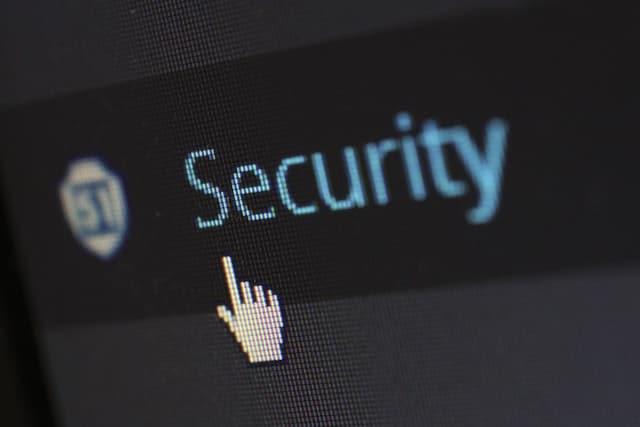How to Avoid Targeted Attacks Using a Cybersecurity System

Picture: Pexels
The threat of targeted attacks on individuals and organizations is also on the rise. A targeted attack is a type of cyber attack that is specifically aimed at a particular individual or organization, with the goal of stealing sensitive data, damaging reputation or gaining unauthorized access. In order to avoid becoming a victim of a targeted attack, it is important to have a thorough cybersecurity plan in place.
Implement a Strong Cybersecurity Posture
One of the best ways to prevent targeted attacks is to establish a robust cybersecurity posture. This means adopting a multi-layered approach to security that includes strong access controls, network segmentation, and regular patching.
Keep Your Systems Up-to-Date
One of the most important things you can do to avoid targeted attacks is to keep your systems up-to-date with the latest security patches and software updates. Hackers are always looking for vulnerabilities in systems. By keeping your systems updated, you can ensure that you are protected against the latest threats.
Use Strong Passwords
Another important step in avoiding targeted attacks is to use strong passwords. A strong password is one that is difficult to guess, and contains a combination of upper and lowercase letters, numbers, and symbols. Avoid using the same password for multiple accounts, and consider using a password manager to keep track of your passwords.
Implement Multi-Factor Authentication
Multi-factor authentication (MFA) is an additional layer of security that requires users to provide two or more forms of authentication to access an account. This can include a password, a fingerprint scan, or a security token. By implementing MFA, you can significantly reduce the risk of targeted attacks, as even if a hacker manages to guess your password, they will still need access to the second form of authentication to gain access to your account.
Use a Virtual Private Network (VPN)
A virtual private network (VPN) is a technology used by some cybersecurity services that encrypts your internet traffic and routes it through a secure server, making it difficult for hackers to intercept your data. If you are using public Wi-Fi or accessing sensitive information, it is important to use a VPN to ensure that your data is protected.
Train Employees on Cybersecurity Best Practices
Your employees are your first line of defense against targeted attacks, so it is important to provide them with training on cybersecurity best practices. This can include teaching them how to identify phishing emails, how to use strong passwords, and how to avoid clicking on suspicious links.
Monitor Your Network for Suspicious Activity
In addition to implementing preventative measures, it is also important to monitor your network for suspicious activity. This can include monitoring your logs for unusual traffic patterns, and setting up alerts for suspicious activity. By monitoring your network, you can quickly identify and respond to targeted attacks.
Conduct Regular Vulnerability Assessments
Conducting regular assessments involves identifying potential vulnerabilities in your systems, and addressing them before they can be exploited by hackers. Vulnerability assessments can be conducted using a variety of tools and techniques, and should be performed on a regular basis to ensure that your systems are secure.
Back up Your Data
Having a backup of your data is also crucial in the event of a targeted attack. This is because attackers may attempt to encrypt or delete your data as part of the attack. If you have a backup of your data, you can quickly recover it and minimize the impact of the attack. You should also consider using a combination of backup solutions, such as both an external hard drive and a cloud-based backup service, to ensure redundancy and resilience.
Establish Incident Response Protocols
In the event of a targeted attack, it’s essential to have established incident response protocols in place. This should include a clear plan for how to detect, contain, and remediate the attack, as well as procedures for notifying stakeholders and law enforcement. The protocols should be enacted in addition to regular backups of data and a restoration plan.
Targeted attacks are a serious threat to individuals and organizations alike. By implementing a strong cybersecurity system, you can significantly reduce the risk of becoming a victim of this type of cybercrime.
